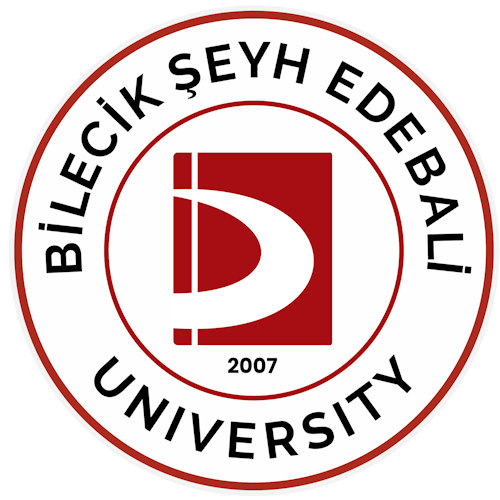MISSION AND VISION
Mission and Vision
15 November 2024 FridayMission
Our department aims to create not only contemporary and historical approaches to design research but also imaginative and forward-looking design ideas that can offer a better social and ecological environment for current and future generations. It is intended for our students to learn how to design, research, and develop independent personal skills for their future professions while also creating spaces that respect and integrate all age groups, genders, religions, races, and nature.
Vision
Our vision is to become one of the most respected departments in our field by nurturing talented, productive interior architects and environmental designers who value knowledge and art, are open to continuous improvement, and aim to transform their knowledge into art and design for the benefit of society. We strive to cultivate individuals with strong aesthetic judgment and the ability to apply their skills to serve the community.
The faculty aims to train young interior architects and environmental designers capable of creating a more beautiful and livable environment for humanity by focusing on "design and planning." Alongside this educational process, promoting design and architecture as a platform for critical thinking within societal priorities, and leveraging the role of architectural disciplines in reshaping perception and thought to foster social sensitivity, harmony, and peace, are among the faculty's core priorities.
In alignment with the Turkish Higher Education Qualifications Framework (TYYÇ) basic field goals, the education in Interior Architecture and Environmental Design focuses on training designers and practitioners in various design and application areas. It aims to elevate the society's aesthetic and functional thinking structure to universal values, establish top-level cadres in art, design, and industry, and nurture competent and knowledgeable individuals in their respective fields for future generations.
The primary educational goal is to reveal the creative potential of students during their studies; enhance their intuition; encourage them to think within the framework of scientific methods involving research, application, experimentation, evaluation, and conclusion; and develop their creativity. Through education rooted in creative aesthetics, contemporary technology, and principles of functional production, students are equipped with the privilege of becoming strong interior architects and environmental designers in their fields, alongside a designer personality and scientific thinking and production habits.
Graduates of the program, with the education they receive, will emerge as competent and productive individuals with artistic and designer personalities. It is desirable that those educated in this field apply their acquired skills through contemporary scientific research methods in market conditions.
